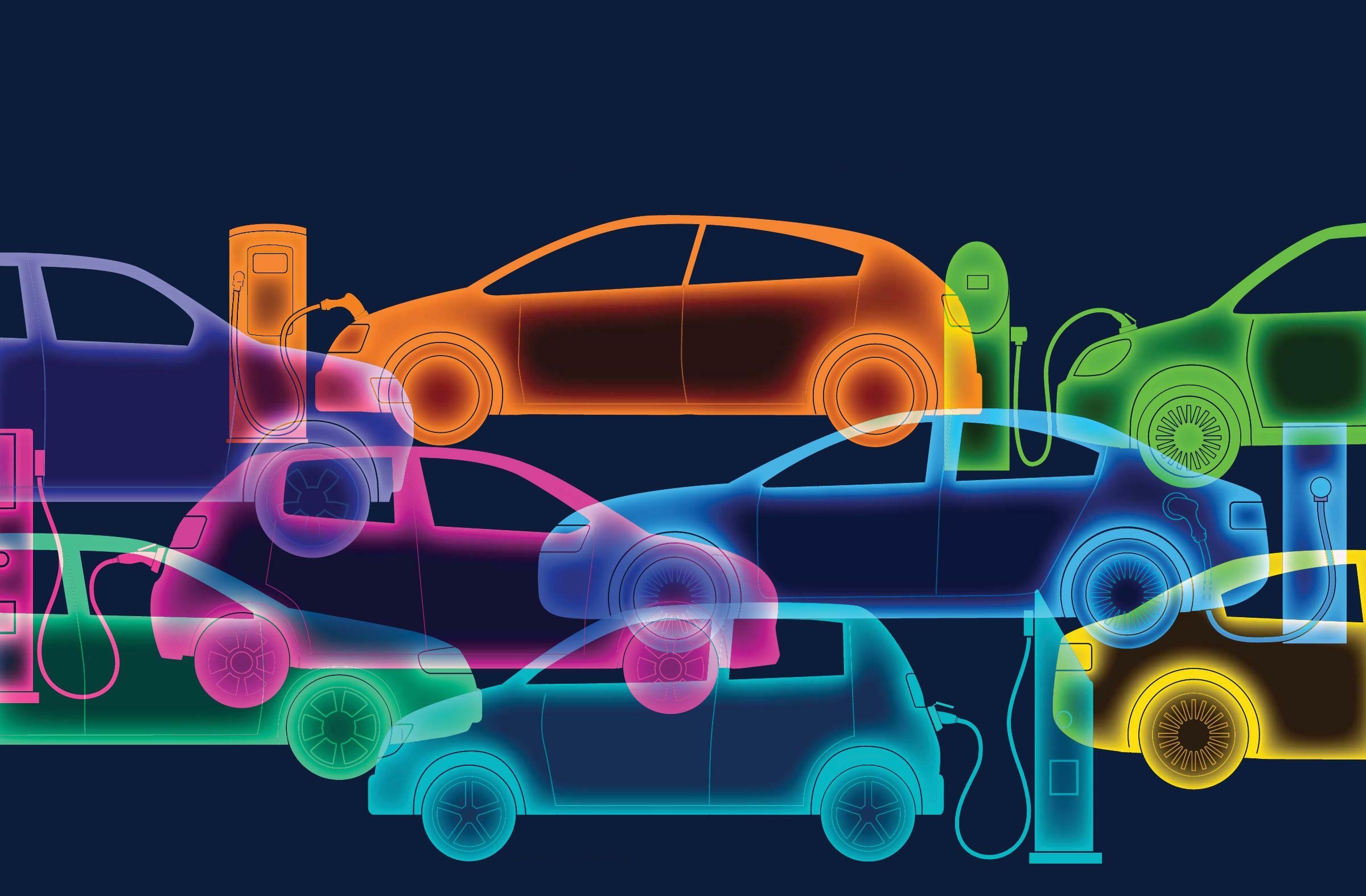कोशिश गोल्ड - मुक्त
LOW-COST MODELS KEY TO FUTURE OF EVs
Fortune India
|February 2024
Massive demand at the lower end of the market means the segment is key to government meeting its target of 30% electric car penetration.

INDIA’S ELECTRIC CAR SALES more than doubled in 2023, driven by affordable models priced around ₹10 lakh. Electric vehicles (EVs), however, remain a drop in the ocean in the world’s third-largest auto market by volume. Out of 41 lakh cars shipped in 2023, just 2.2% were electric. The government aims to increase this to 30% by the end of the decade. But without affordable EVs that offer stress-free range amid sparse and decaying public charging infrastructure, that remains a tough ask. India needs more electric cars at mass-market price points to drive EV penetration to 20% by 2030, says a report by Bain & Company.

Sales break-up for 2023 confirms this. Out of seven EV models under ₹20 lakh, four belong to Tata—hatchback Tiago.ev, entry-sedan Tigor.ev, compact SUV Nexon.ev and newly launched Punch.ev. The other three are Mahindra XUV400, Citroën eC3 and MG Comet. With such a head start over competitors, it’s not surprising that Tata has nearly 75% market share in EVs. Nexon, priced ₹15-20 lakh, was the top-selling EV before Tata began deliveries of its cheaper entry-level hatch Tiago.ev last year. Since then, Tiago.ev has been outselling Nexon, and now accounts for 40% of EV sales of India’s largest electric carmaker.

यह कहानी Fortune India के February 2024 संस्करण से ली गई है।
हजारों चुनिंदा प्रीमियम कहानियों और 10,000 से अधिक पत्रिकाओं और समाचार पत्रों तक पहुंचने के लिए मैगज़्टर गोल्ड की सदस्यता लें।
क्या आप पहले से ही ग्राहक हैं? साइन इन करें
Listen
Translate
Change font size
